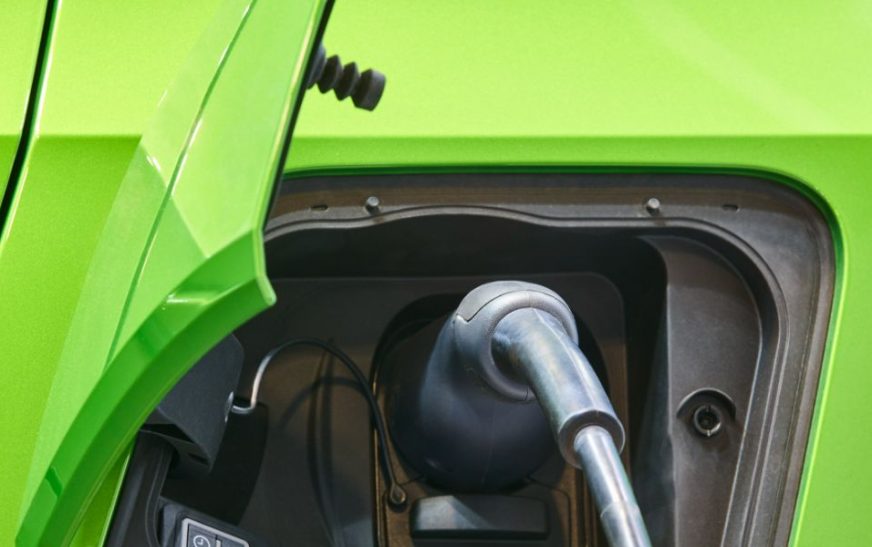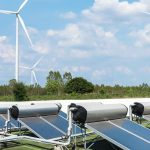The world is in the midst of an electrifying revolution, and we’re not just talking about the latest electric vehicles (EVs) hitting the roads. The power behind this revolution lies in the innovations in fast charging and sustainable charging solutions. As the demand for EVs continues to surge, so does the need for efficient, eco-friendly charging options. In this comprehensive guide, we delve into the exciting realm of charging solutions, from the latest advancements to the evolving landscape of this dynamic industry.
The Current Landscape of Charging Solutions
Sustainability is the name of the game, and charging solutions are no exception. EV manufacturers, charging infrastructure providers, and governments worldwide are collaborating to build a robust charging network. These efforts aim to address the range anxiety concerns of EV owners and promote a greener mode of transportation. Fast charging solutions have taken center stage, allowing EVs to gain significant mileage in a matter of minutes. The growth of electric vehicles has prompted companies to invest heavily in expanding charging infrastructure, making it more accessible and efficient.
The Role of Fast Charging
Fast charging, also known as DC (Direct Current) charging, is a game-changer for the EV industry. This technology allows EVs to charge up to 80% of their battery capacity in less than 30 minutes. This innovation is paving the way for long-distance travel in electric vehicles, making them a more practical choice for the average consumer.
Advantages of Fast Charging
- Time Efficiency: Fast charging reduces the downtime associated with recharging an EV, making it convenient for busy individuals.
- Long-Distance Travel: EVs can now compete with traditional gasoline-powered vehicles for long journeys, thanks to fast charging.
- Reduced Range Anxiety: Faster charging reduces the anxiety of running out of battery power during a trip.
Sustainable Charging Solutions
While fast charging addresses one aspect of the electric vehicle experience, sustainability in charging is equally vital. As the world strives for a greener future, sustainable charging solutions are being developed and embraced.
Solar-Powered Charging Stations
Solar-powered charging stations harness the power of the sun to generate electricity for EVs. These stations are popping up around the world, utilizing renewable energy sources to charge electric vehicles, thus reducing their carbon footprint.
Grid Integration and Smart Charging
Grid integration and smart charging solutions are vital for balancing electricity demand. These systems allow EVs to charge during off-peak hours, ensuring efficient energy use and cost savings for consumers.
Challenges and Solutions
As we power ahead into the electric future, there are challenges to overcome. These hurdles range from charging infrastructure disparities to charging time constraints.
Infrastructure Disparities
Rural areas may face difficulties accessing charging infrastructure, but innovative solutions like mobile charging units can address this issue.
Charging Time Constraints
Although fast charging is becoming more common, it’s essential to continue developing even faster technologies to minimize charging time further.
The Future of Charging Solutions
The journey to comprehensive and sustainable charging solutions is far from over. Innovations in battery technology, charging infrastructure, and energy sources are set to reshape the industry in the coming years.
Solid-State Batteries
Solid-state batteries promise improved energy density and faster charging times, ushering in a new era of efficiency and performance.
Wireless Charging
Imagine charging your EV without plugging it in. Wireless charging is on the horizon, eliminating the need for physical connectors.
Final Words
The electrification of transportation is not just a trend; it’s a movement that is here to stay. Fast charging and sustainable charging solutions are propelling this transformation forward, making EVs more accessible, efficient, and eco-friendly. As we embrace these innovations, we move one step closer to a greener and more sustainable future for all.
Commonly Asked Questions
Q1: How does fast charging impact the longevity of an EV battery?
Fast charging can have a slight impact on the longevity of an EV battery. It generates more heat during charging, which, over time, can contribute to battery degradation. However, modern EVs are designed to mitigate this issue by regulating temperature and optimizing charging protocols.
Q2: Are there any government incentives for installing home charging stations?
Many governments offer incentives to encourage the installation of home charging stations. These incentives can include tax credits, rebates, and reduced electricity rates for charging EVs at home.
Q3: What is the difference between AC and DC charging for electric vehicles?
AC (Alternating Current) charging is typically slower and is commonly used for home charging. DC (Direct Current) charging, on the other hand, is much faster and is used in public charging stations, enabling rapid charging for long-distance travel.
Q4: How does grid integration benefit the electric vehicle charging ecosystem?
Grid integration allows for better management of electricity distribution, reducing strain on the grid during peak hours. It also enables intelligent charging solutions, ensuring efficient and cost-effective charging for EV owners.
Q5: Are solid-state batteries already available for EVs?
Solid-state batteries are still in the development phase and are not yet widely available for EVs. However, they hold great promise for the future, offering improved energy density and faster charging times.


























